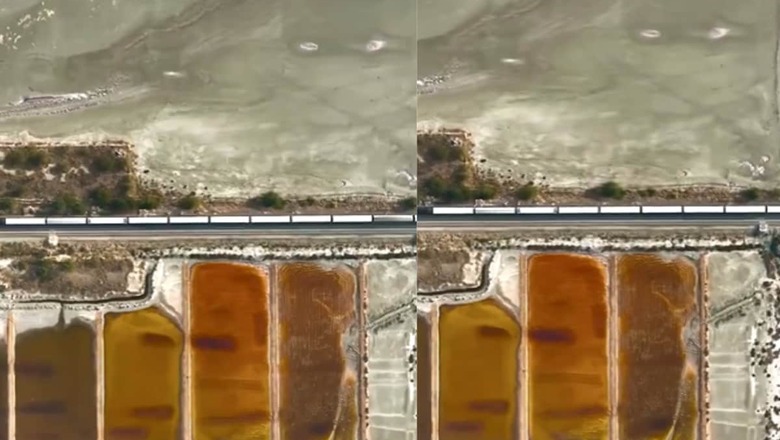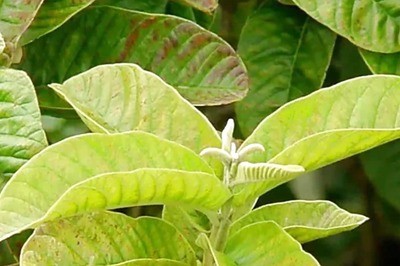
views
Union Railways Minister Ashwini Vaishnaw delighted his followers with a breathtaking aerial video of a train gliding alongside Rajasthan’s stunning Sambhar Lake. This mesmerising footage, shared on social media platform X, formerly Twitter, offers a glimpse of India’s largest inland salt lake and the process of salt harvesting that unfolds beneath its surface.
According to the watermark, the video was captured by travel photographer Raj Mohan. It shows the train moving along the edge of the lake, providing a picturesque view of the surrounding landscape. However, the real spectacle lies in the intricate patterns of rectangular salt pans that adorn the lake’s surface, displaying an array of vibrant hues ranging from red and orange to yellow and brown.
These colourful patches are not just a visual treat but also a representation of the intricate salt harvesting process. As the salt crystallises, the middle layer takes on a pinkish hue, prized not only for its culinary use but also for its cultural and medicinal significance. The bottom layer, harvested at the season’s end, acquires a rich brown colour, signifying the completion of the process.
“Scenic rail journey over India’s largest inland salt lake,” read the caption accompanying the post.
Scenic rail journey over India’s largest inland salt lake.Rajasthan pic.twitter.com/ibiq9rwFWW
— Ashwini Vaishnaw (@AshwiniVaishnaw) February 14, 2024
The post quickly garnered attention, amassing over 211,500 views, with viewers expressing awe and admiration in the comments section. Many praised the video for its beauty and the unique glimpse it offered into India’s natural and cultural heritage.
Sambhar Salt Lake holds immense significance as India’s largest saline lake, contributing significantly to the country’s salt production. Annually, the lake yields a substantial 196,000 tonnes of pure salt, accounting for approximately 9% of India’s total salt production. Recognised as a Ramsar site, the lake also serves as a crucial wintering habitat for numerous pink flamingos and other migratory birds from northern Asia and Siberia.
As per Britannica, it is believed that the goddess Shakambari, a form of Durga and consort of Shiva, created the lake in the 6th century. The Mughal dynasty utilised the lake’s salt supply, and eventually, it came under the joint ownership of the Jaipur and Jodhpur princely states.




















Comments
0 comment